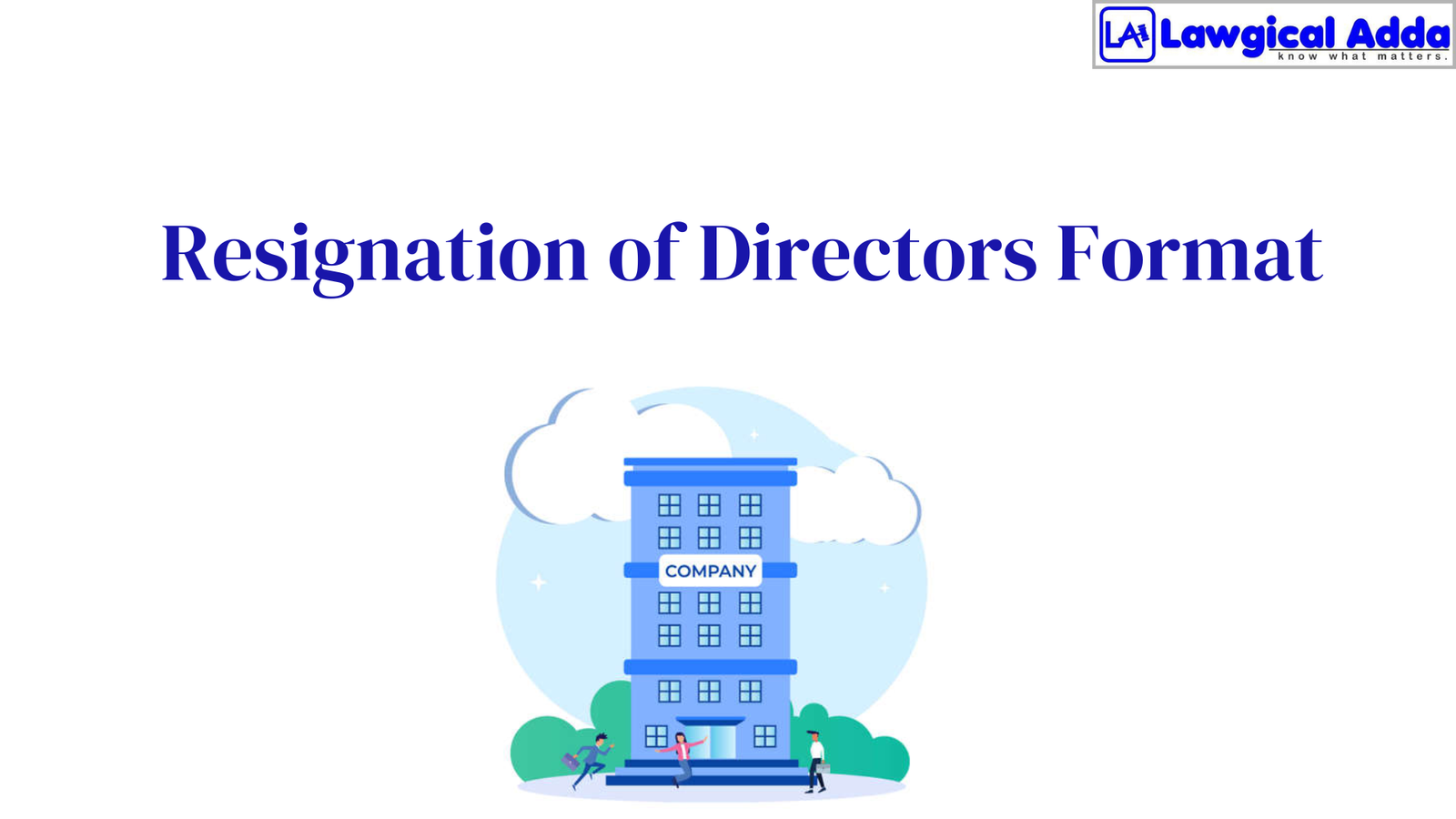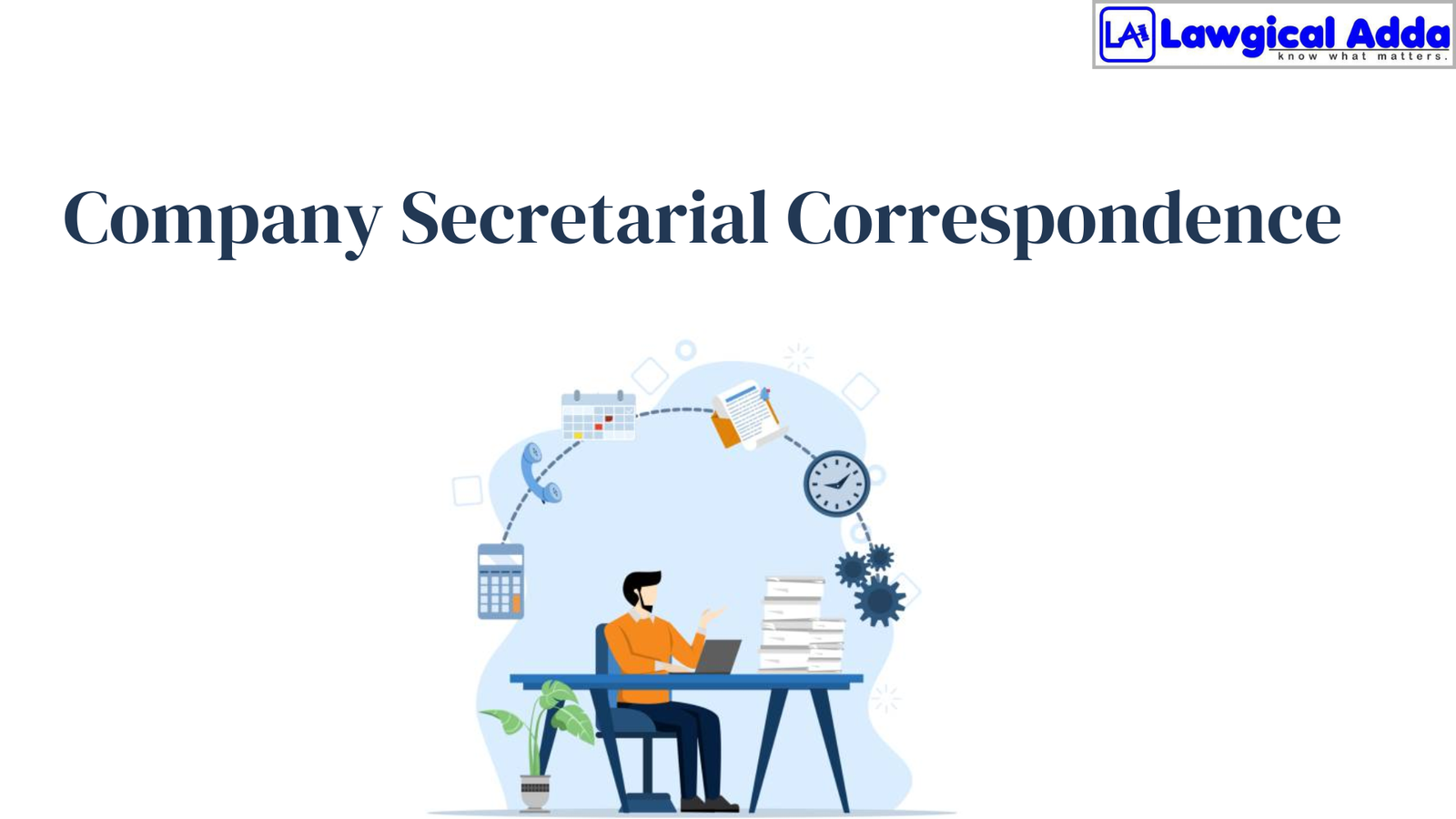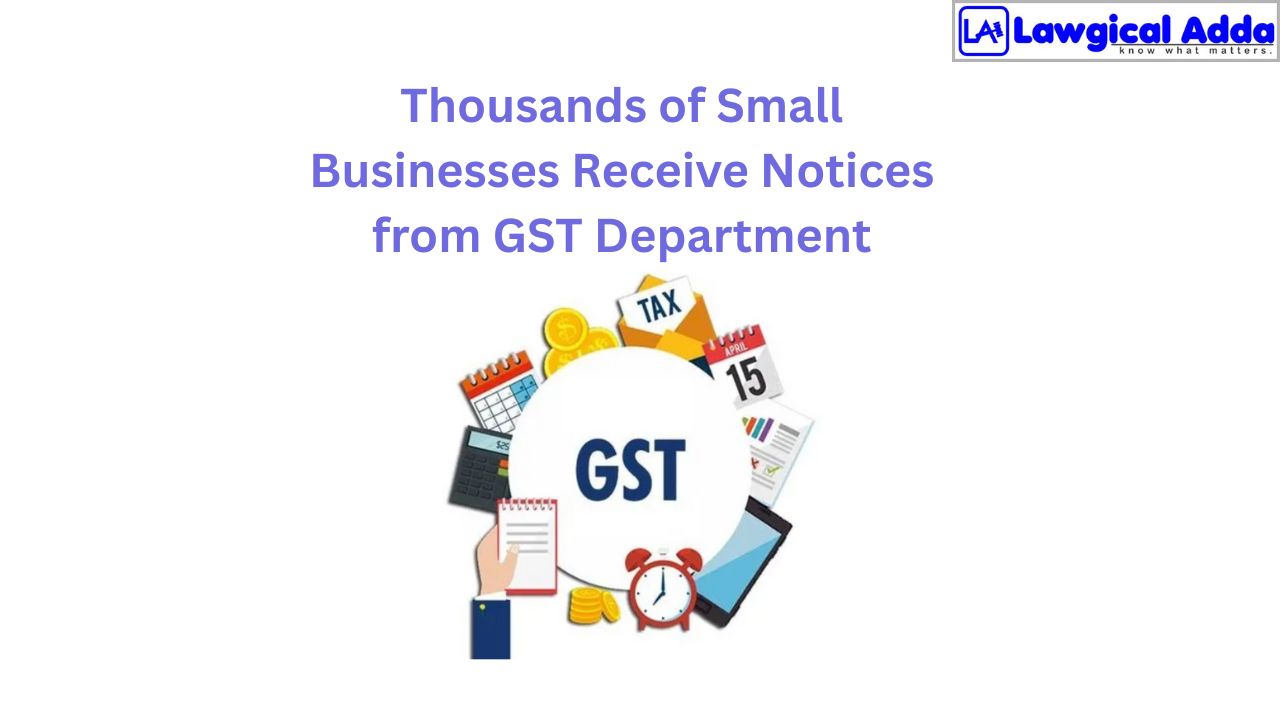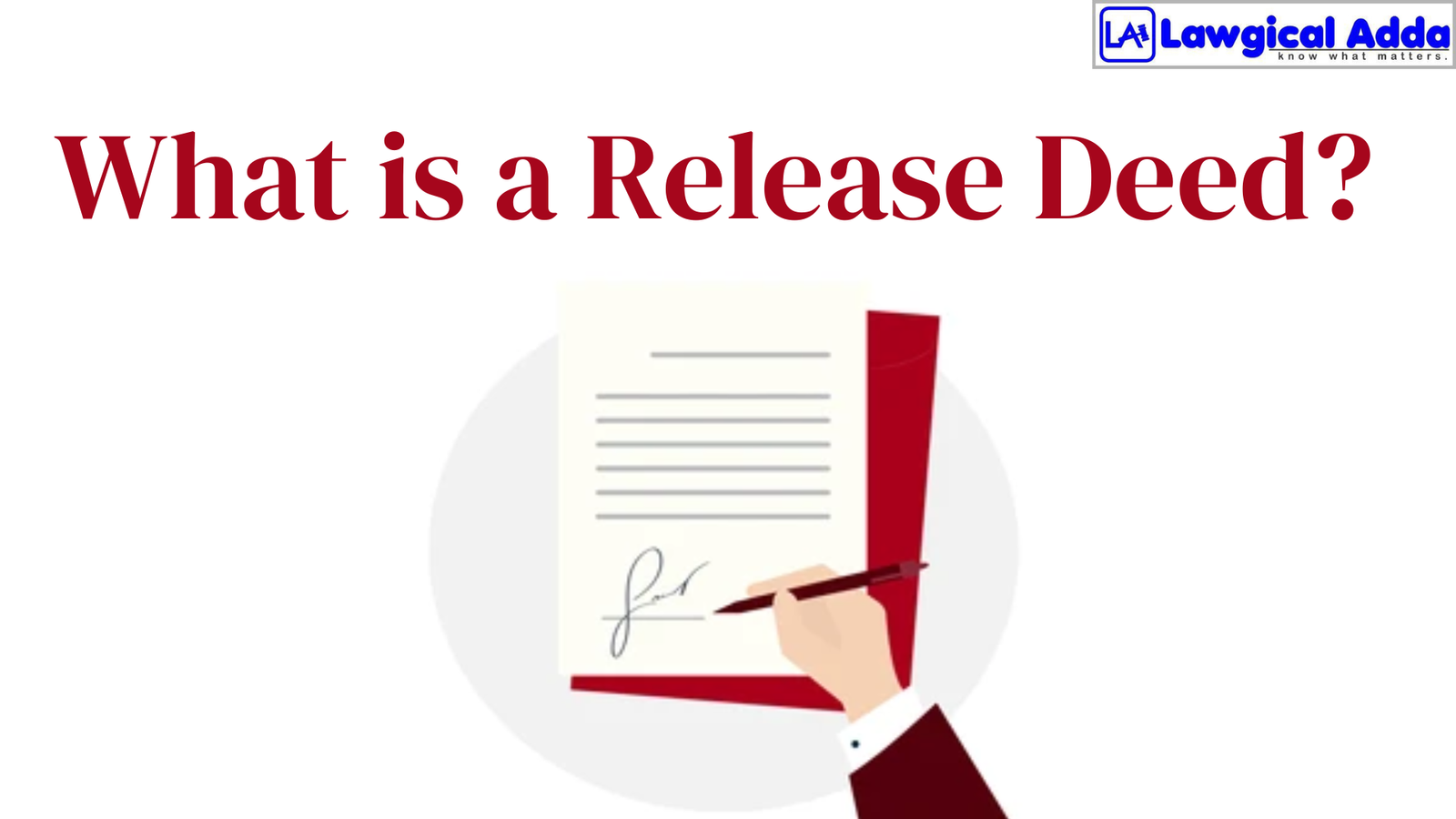The Complete Guide to Removal of Director: Things to Know
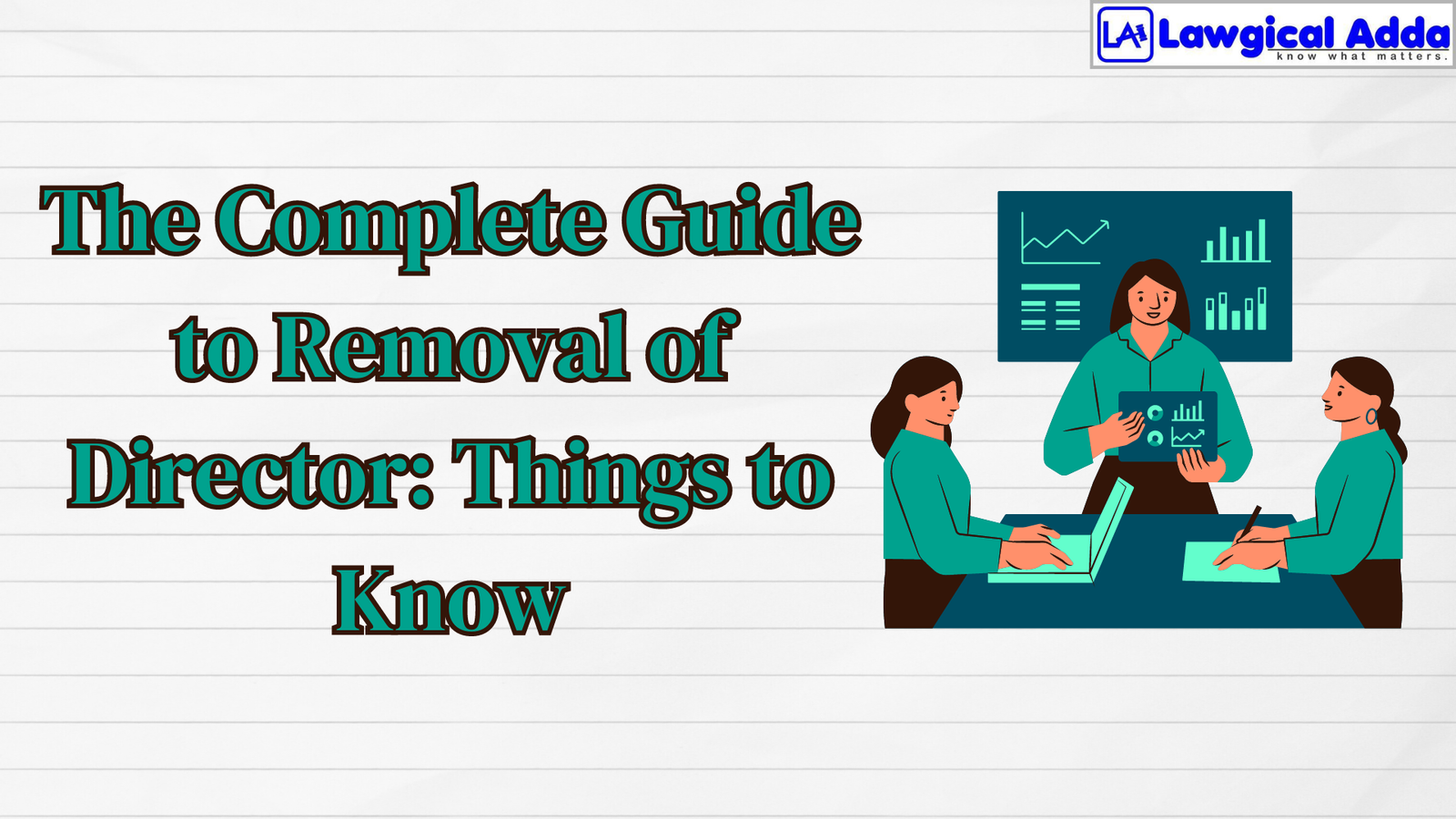
Table of Contents
Introduction
The directors of a company, accountable for the management and oversight of the company’s daily operations, are subject to removal by the shareholders, who as proprietors of the company, designate and can remove directors to serve as their representatives, with the rights and responsibilities of directors and shareholders explicitly delineated by the Companies Act 2013.
Justifications for Removal of Director
The following are a few of the grounds on which a director can be terminated from their position, which may vary from company to company:
Failure to fulfil obligations
Directors have fiduciary obligations to the company and its shareholders, encompassing obligations of loyalty, good faith, and care. The company may take action to remove a director if it is determined that they have been negligent in their responsibilities.
Misconduct or Mismanagement
Directors may be removed for engaging in misconduct or mismanagement that adversely affects the organization. This may encompass egregious negligence in the performance of their responsibilities, embezzlement, or fraudulent activities.
Loss of Confidence
Directors may be terminated for failing to effectively fulfill their responsibilities, which may result in the loss of the confidence of shareholders or other directors. The director’s credibility and efficacy may be compromised by poor performance, ethical lapses, or other factors that contribute to this loss of confidence.
Potential Conflict of Interest
Personal conflicts of interest must be avoided by directors in order to act in the best interests of the company and its shareholders. Directors may be terminated if their personal interests are at odds with those of the organization.
Disobedience to laws or regulations
A director may be removed if they are discovered to be non-compliant with the laws or regulations that are essential for the company’s operations. This may encompass violations of a variety of laws, including environmental regulations, labour laws, company laws, and commercial laws.
Mandatory Requirements for Removal of Director
The termination of a director necessitates the issuance of a Special Notice pursuant to Section 115 of the Companies Act 2013. A special notice must be sent to the director in question at least 14 days prior to the resolution being passed.
It is mandatory to provide the concerned director with the opportunity to be heard, and the director’s representation must be in writing. The director who has been removed from office will not be reappointed.
The Provisions of Section 169 of the Companies Act, 2013
A company may remove a director before the expiration of their term of office by adopting an ordinary resolution in its extraordinary general meeting, by the provisions of Section 169 of the Companies Act, 2013, after providing the director with a reasonable opportunity to express their views.
The company may remove an independent director who has been reappointed for a second term under section 149 of the Companies Act 2013 only after enacting a special resolution and providing him or her with a reasonable opportunity to be heard.
What if the director who was dismissed is also a shareholder?
Following section 168 of the Companies Act 2006, a shareholder may petition the court to have a company director removed if they have engaged in severe misconduct or are otherwise unsuitable to continue in their position.
This statutory procedure establishes a mechanism for shareholders to hold directors accountable and guarantee that the company’s affairs are being conducted fairly and transparently.
If a director is also a shareholder in the company, a potential conflict of interest could result in unjust prejudice against another shareholder. Therefore, it is crucial to meticulously evaluate whether such an arrangement benefits the organization and its stakeholders before taking action.
A quasi-partnership is a business that was initially intended to be operated as a partnership among the shareholders and in which it was reasonable for each shareholder to anticipate remaining engaged in the company’s management.
A substantial number of proprietorships their owners operate could be classified as quasi-partnerships. In recent years, numerous court cases have involved directors who have been removed from their positions in quasi-partnerships.
Typically, these cases have occurred when the shareholders disagree on the company’s direction and one group attempts to remove the other from authority. Although the results of these cases have been inconsistent, they have generally facilitated the clarification of the rights and responsibilities of directors in quasi-partnerships.
What is the process for notifying the director of their removal?
It is crucial to be straightforward and concise when informing a director of their termination from a company. The initial step is to specify the rationale for the removal, followed by any pertinent information. Ensure that you include information regarding the subsequent events, such as the individual who will assume their position.
If the situation is challenging, it is also crucial to maintain a professional and respectful tone in your language. Remember that this individual is likely experiencing a difficult period and should be treated with respect.
Conclusion
The specific grounds for the removal of a director may vary from company to company, but companies are granted the authority under Section 169 of the Companies Act 2013. These grounds include fraud, dereliction of duties, and breach of trust.
It is crucial to acknowledge that the director being removed has the right to receive notification of the general meeting at which their removal will be discussed and to participate in the conference. By the Companies Act 2013, removing a director requires comprehensive legal and administrative advice and documentation.
At Lawgical Adda, our team of seasoned professionals is committed to providing comprehensive guidance to ensure the efficient and timely completion of the removal of director process.
Focus on what you do the best! Let Lawgical Adda handle the rest. Choose our services for easy winding-up, restructuring and surrendering documents. Contact us today!
For more in-depth insights and detailed information on various legal topics, follow Lawgical Adda. Stay updated with the latest articles, expert analyses, and practical advice on corporate law, company regulations, and much more. Join our community and enhance your legal knowledge today!

